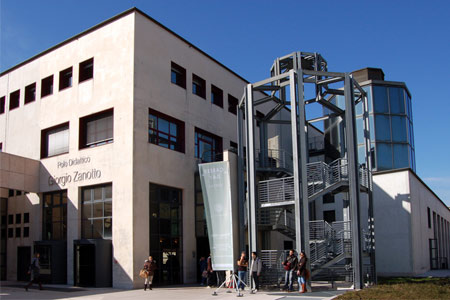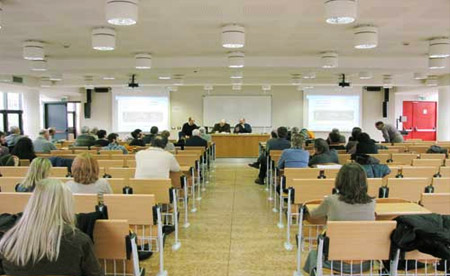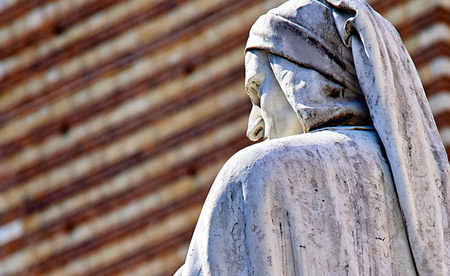Learning outcomes
The course will enter in the complexity of the artistic research using the method of the homologies between art and literature, philosophy, science, technology, custom, etc. in relation with the general artistic-historical context and the many cultural permeations which open art and culture to society, to the contemporary world. To analyze poetry texts written by historical artists and deepen the work of artists which handiwork represents a bridge between past and present.
Section 1
Giorgio Morandi: Flowers
The course will focus on the flower theme, within the work of Giorgio Morandi (Bologna, 1890-1964), the third theme which has affected his pictorial conception.
Essential bibliography:
F.Arcangeli, Morandi (1964), Einaudi, Torino, 1981
R.Pasini, Morandi (1989), CLUEB, Bologna, 2011
Section 2
The body: biology, aesthetics, art
In this section the natural and cultural issues concerning the body will be analyzed in their complex overview. The course will address the theme linking with other subjects, focusing on its multiples sides. In particular the course will focus on the presence of the body in contemporary art, through the main situations and the several leading figures who used it, virtually and concretely.
Essential bibliography:
S.O’Reilly, Il corpo nell’arte contemporanea, Einaudi, Torino, 2011
U.Galimberti, Il corpo, Feltrinelli, Milano, 2013
R.Pasini, Fare e non fare. Arte, cultura, società, Mursia, Milano, 2014 (Parti III e IV)
Plus a text that will be available in good time for the final test.
Assessment methods and criteria
The examination test focuses on artists and their works and views present in texts, which the student must know. The exam consists of a written test. The main valuation parameters are: 1) actual interest and level of preparation; 2) mastery of the field of study; 3) argumentative capacity; 4) expressive quality. Please note that texts with copyright cannot be reproduced by any means, including the photocopy, which has not been authorized, and in any case not exceeding 15%. Please note that the purchase of texts is free and can be replaced by loan librarian.
Reception mode
There are two types offered: front reception and telematics. The use of e-mail has become in recent years a very beloved by students, especially those who have difficulties to go to the front, those who do not attend classes, those who are in Erasmus etc., and then becomes necessary a useful formalization. Therefore, in addition to the front reception, for which it is advisable to book via email, the electronic receipt shall be established, usually on Wednesday, for mail that is believed to have caused a response (if the e-mail address is accepted and the student has sent the mail to the right address: please then take note: pasini.roberto@univr.it).
Thesis
Students who wish to graduate, for both the bachelor's and master's degree, must according to common sense have in contemporary art history exams an average justifying a thesis in this matter. To carry out the thesis, is an iteration support practice, for both the bachelor and master degree (for students who have graduated with a bachelor's degree in another field). The student is invited to submit to the Professor three arguments, and then the one in which thesis will be carried out will be choiced. Regardless of the field in which you are graduating, students are required to submit a thesis in Secretariat only after having supported all exams. One cannot take account of any requests made by students who have not respected this rule elementary fairness.







